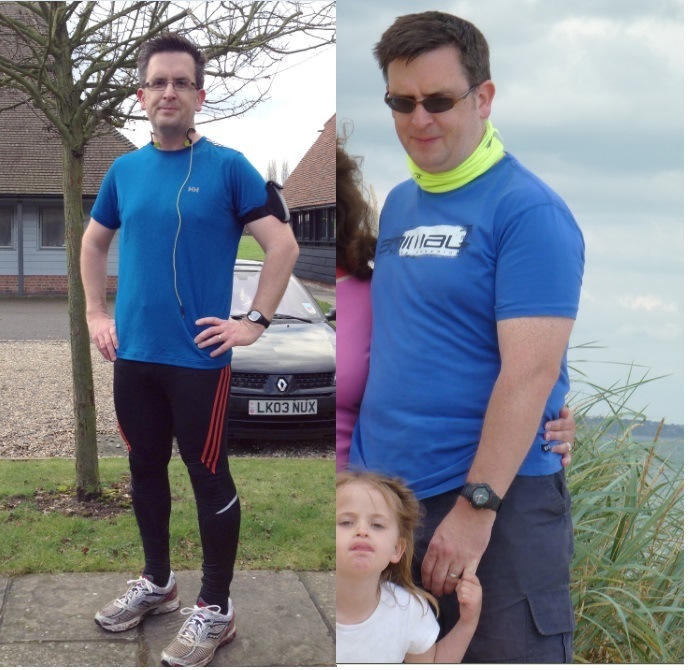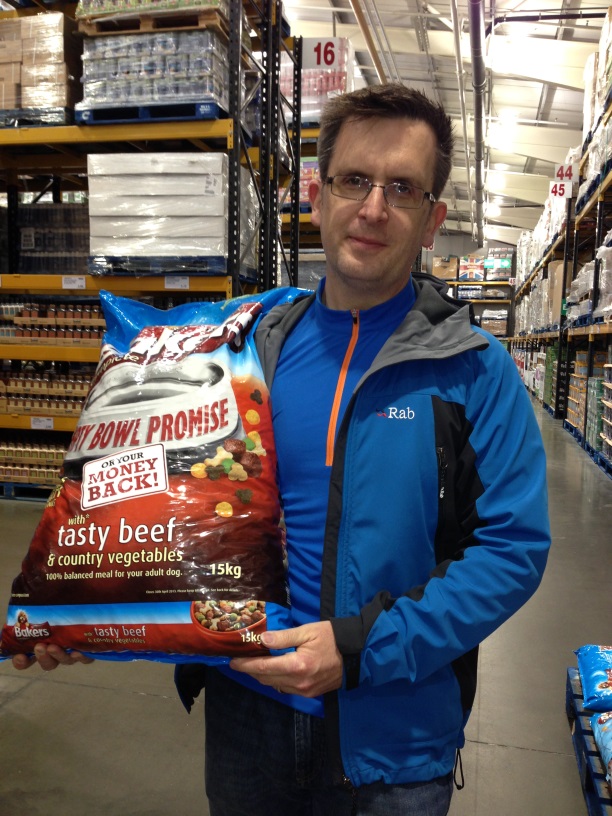I hope you all had a lovely Christmas though, sadly, there is always a price to pay for that enjoyable overindulgence. If you are anything like me you probably ate too much, stepped on the scales on New Year’s day, and sighed.
The average Brit puts on 2kgs (nearly 5 lbs) during December and I certainly put on almost that much over the month. I, however, have an unusual excuse. I’m making another self experimenting Horizon documentary, but this time I have had to gorge myself on meat for a month to see what effect that has on my microbiota (the bacteria in my gut).
That particular experiment has just finished so I’m back on 5:2 on Monday and expect to shed those extra pounds some time in January. I’m looking forward to my fast days as I actually miss the occasional hunger pangs and the mental sharpness that comes with it.
I’m glad to say enthusiasm for intermittent fasting shows no sign of waning. As an article in today’s Times put it,
“It’s the diet that launched the publishing phenomenon of 2013 and saw fortysomething men talking calories with the authority usually reserved for World Cup qualifiers.. A year ago it was a fad amongst fashionable West London mums wanting to lose a bit of baby weight. Now it’s revolutionised the diet industry”.
Our book, “The Fast Diet”, having topped the best seller list for much of 2013, shot right back up the charts to number one on New Year’s day. There are a whole slew of new or updated books connected to intermittent fasting coming out in the next few days. Along with the usual copy cat books there are a couple written by the scientists who inspired my interest in intermittent fasting and which I wrote about extensively in “The Fast Diet”.
Out soon is an updated version of “The Two Day Diet” by Dr Michelle Harvie and Professor Tony Howell, which first came out last February. This book advocates eating a Mediterranean diet 5 days a week and cutting out the carbs two days a week (the recipes add up to effectively 1000 calories a day on the carbs-free days).
Their studies show that on this diet you will lose an average of about 0.5kg (1 lb) a week, most of it fat. Their volunteers, women at increased risk of breast cancer, also saw improvements in their insulin levels (which is important for reducing cancer risk). They are planning further large scale trials, involving men.
A new book, out next week, is “The Every Other Day Diet” by Dr Krista Varady. If you have read “The Fast Diet” or seen my Horizon documentary, “Eat, Fast, Live Longer”, then you will already know something about Krista and her work. I have also written about it on this site under ADF (alternate day fasting).
The basic principle of this diet is you cut your calories to around 500 calories every other day (480 for women, 520 for men). Krista recommends that you eat 400 calories as a single meal (lunch or dinner) and 100 calories as a snack.
On what she calls “Feast Days” you are allowed to eat whatever you want. Her research suggests that on average people tend to eat only about 10% more than normal, perhaps because of a shrinking stomach. The rate at which you will lose fat depends on how fat you were to begin with and how much you eat on your Feast Days.
According to Krista’s latest paper , “Alternate day fasting for weight loss in normal weight and overweight subjects: a randomized controlled trial.” (http://www.ncbi.nlm.nih.gov/pubmed/24215592) if you are not obese to start with then you can expect to lose about 5kgs over 12 weeks, which works out about 1 lb a week, as well as improvements in your bloods. Krista recommends weighing yourself every day, skipping breakfast and avoiding eating mini meals (mainly because people have a tendency to underestimate how much they eat).
So which of these approaches is the best one?
I think the best approach is the one that suits you and which you find you can stick to. We all respond differently to different diets, which is why we called our book “The Fast Diet”, rather than the 5:2 diet. I developed the 5:2 approach because it suited me, but I recognise it won’t suit everyone. Some will prefer the more disciplined “Two Day Diet” approach, others will prefer the more obviously “feast and famine” approach of ADF (alternate day fasting). Yet another approach, which I know some people here have tried, is a 4:3 approach. I would be very interested to hear the experiences of those who have tried either or both.
Fast Exercise
As well as making a range of documentaries in 2013, I was busy researching and writing a book on exercise, which I’ve rather imaginatively call, “Fast Exercise”. Like the Fast Diet it is a radically different approach to the standard advice and like the Fast Diet, it is the product of cutting edge science. I hope you will find the science behind it as fascinating as I do.
The main idea behind Fast Exercise is that instead of trying to shed weight and get healthier by plodding away on a treadmill or jogging in the rain for hours every week, you can get many of the more important benefits of exercise from a few minutes a day of intense activity.
Although the exercises we demonstrate in the book are intense, they are not prolonged. This is not like “Tabata” or “Insanity”, exercise regimes designed for people who are already very fit.
The exercises we recommend will enhance existing exercise regimes, but they have been primarily developed to ensure they are safe and suitable for people who are older (50 plus), overweight and with conditions like diabetes.
I’ve written the book with Peta Bee, an award winning health and sports journalist, and with the help of Professor Jamie Timmons, who featured in a Horizon I made in 2012 called, “The Truth about Exercise”. If you want to know more then do buy the book or visit fast-exercises.com.
The versions of HIT (high intensity training) that we recommend in Fast Exercise have been shown to improve your aerobic fitness (the strength of your heart and lungs) and your metabolic fitness (how your body responds to a sugar rush) more effectively and in much less time that standard exercise.
If you want to lose weight, improve your health and get better toned (who doesn’t) then intensity is the key.
Filed under: all, in depth, Michael and Mimi by Michael
Comments Off on Introducing Fast Exercise













![IMG_2197[1]_800](https://thefastdiet.co.uk/wp-content/uploads/2013/04/IMG_21971_800.jpg)
